
Stephanie Henderson's Assignment #1:
Combining Linear Functions
In this exploration, we will be looking at various combinations of two linear graphs. Each pair will look at the effects of f(x)+g(x), f(x)*g(x), f(x)/g(x), and f(g(x)).
 |
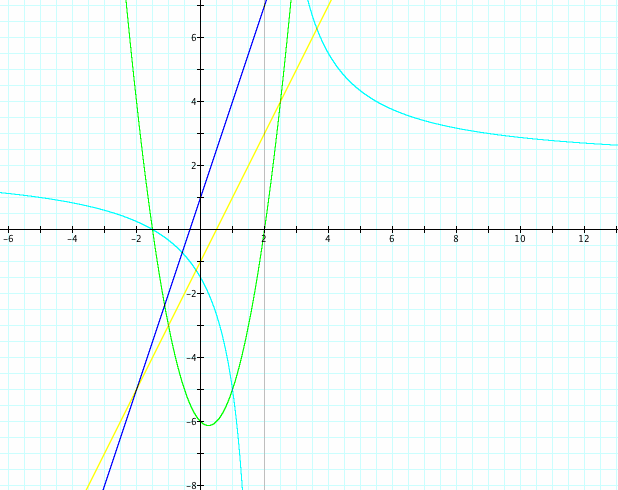 |
Our next set of linear functions both have negative slopes. f(x)+g(x) continues to have a negative slope, but f(g(x)) has a positive slope now. This is because of the two negative "x"s being multiplied together. (Remember: two negatives make a positive.) f(x)*g(x) is still a parabola, and f(x)/g(x) is still a hyperbola.
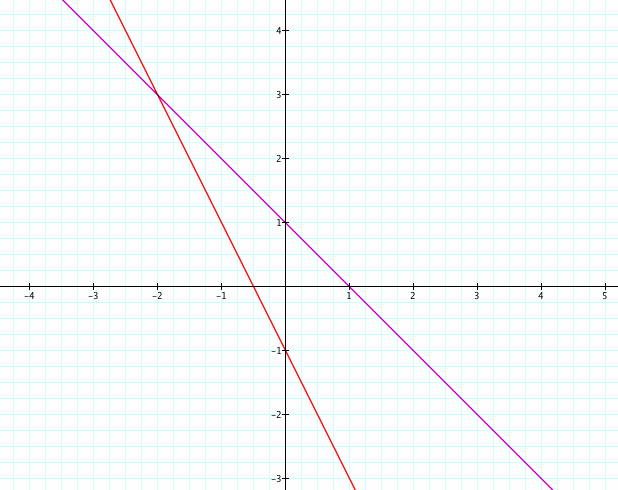 |
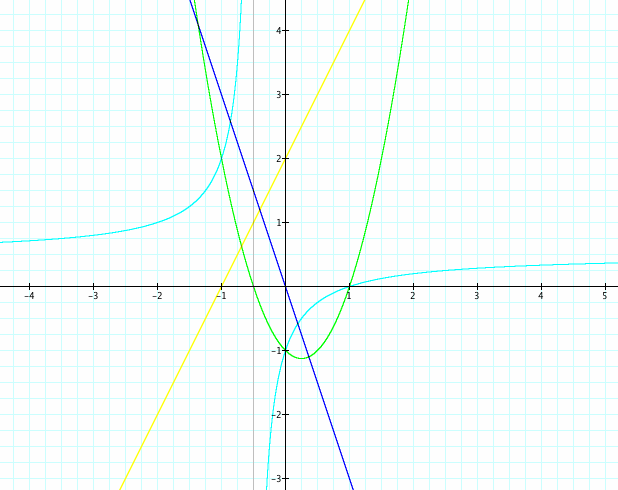 |
When we look at perpendicular lines, we get some new and different results. In this particular case, f(x)+g(x) and f(g(x)) are parallel. This won't always happen though. Y-intercepts just happened to land in the right spot. What relationship do we see between our y-intercepts? f(x)*g(x) continues to be a parabola, but f(x)/g(x) is no longer a hyperbola - it's a line. Will this always happen? Again, luck of the draw. Do we see the same relationship between our y-intercepts as we did before?
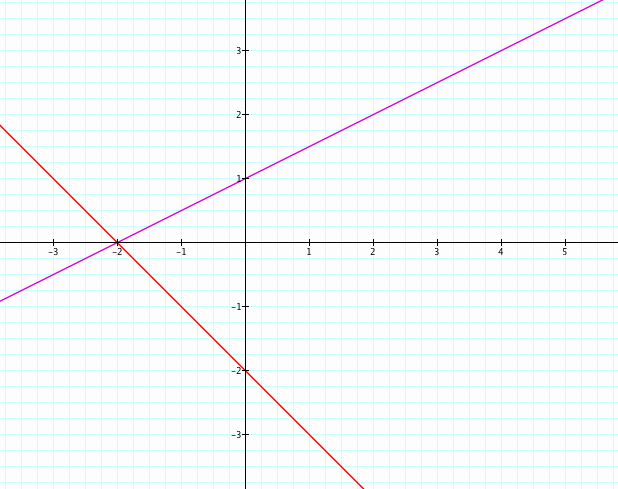 |
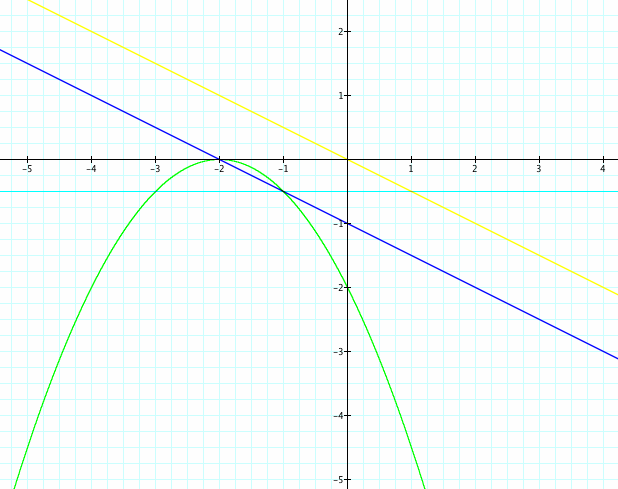 |
Next, let's examine two parallel lines. One would think this would create some interesting results, as the perpendicular lines did, but we actually don't have anything unusual about this set. f(x)+g(x) and f(g(x)) are both lines; f(x)*g(x) is a parabola; and f(x)/g(x) is a parabola.
 |
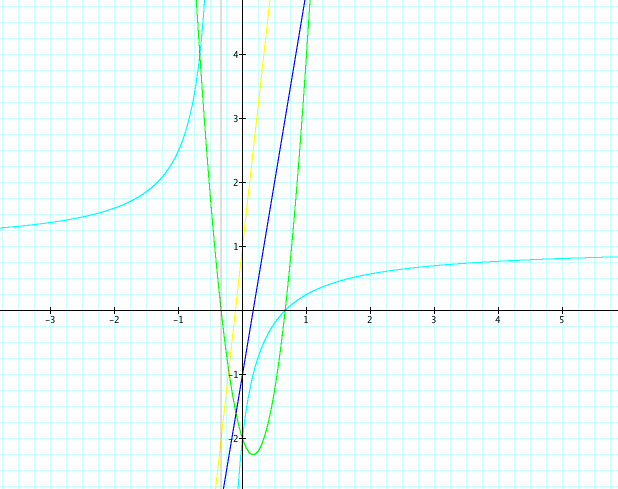 |
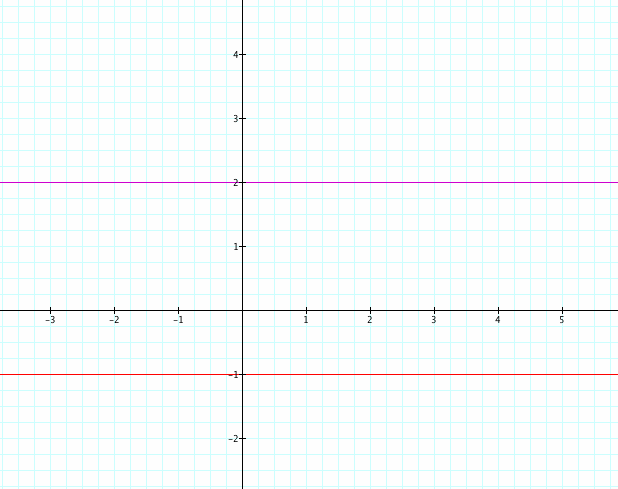 |
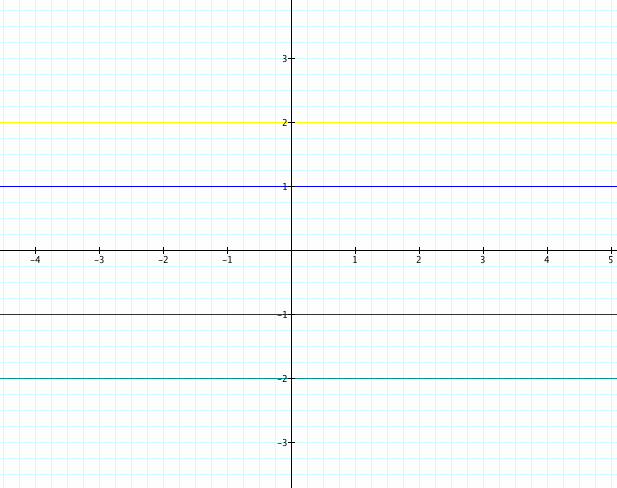 |